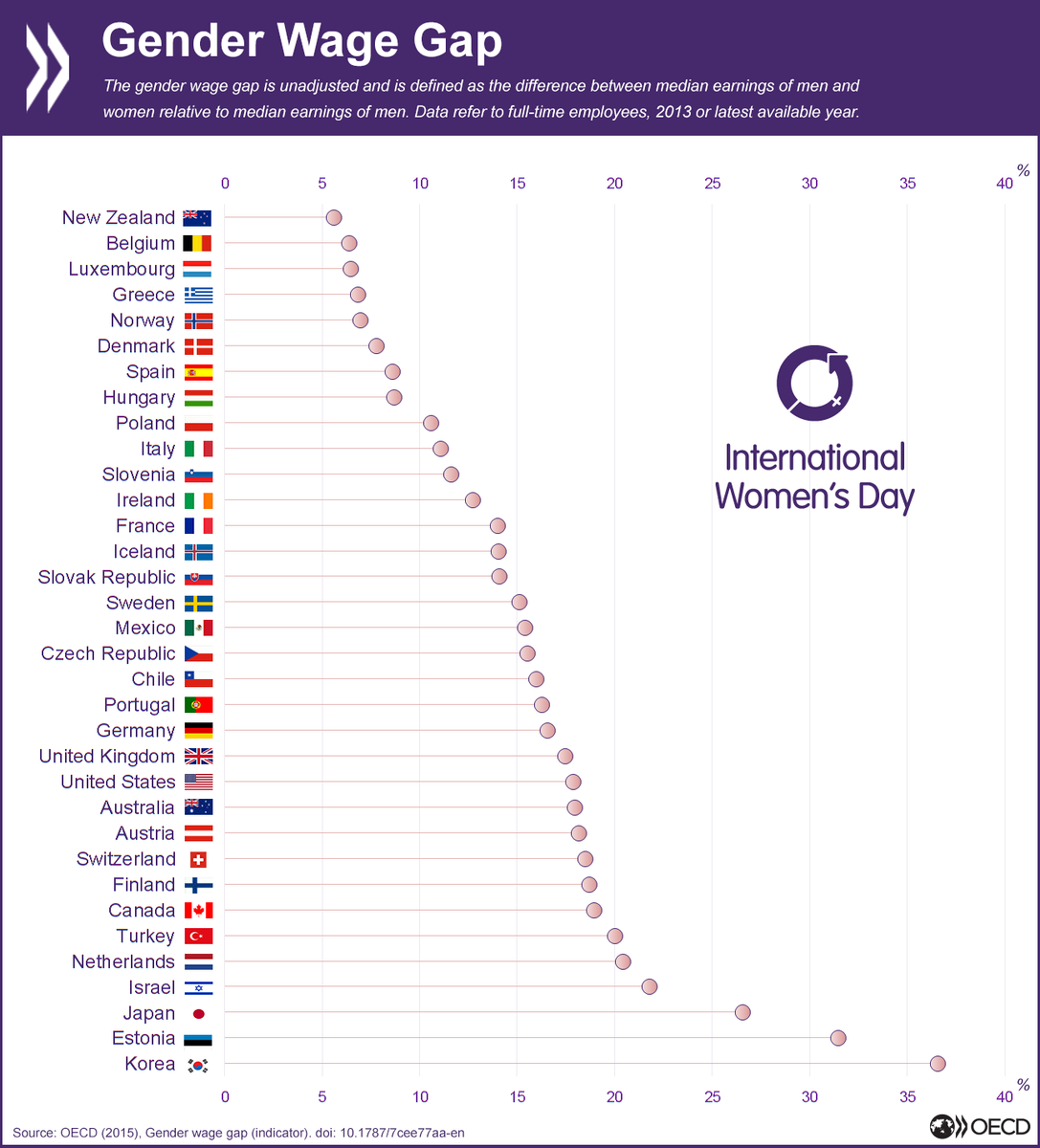NZ's child support scheme is a direct result of the DPB. Some
background:
New Zealand’s legal tradition is based on that of the UK. Until 1981,
maintenance orders and agreements were determined and/or administered
by the courts. In 1981, the Liable Parent Contribution Scheme was
established to collect maintenance for the benefit of children living
with income support recipients. The Scheme was administered by the
Department of Social Welfare. Arrangements for parents not in receipt of
income support continued to be made through the courts.
In 1992, the Child Support Scheme was established, administered by
Inland Revenue. It is compulsory for custodial parents receiving income
support to seek child support through the scheme. Other parents can use
the scheme or can make voluntary or court-based agreements.
Due to increasing rates of separation and childbirth outside
marriage, rates of sole parenthood have risen significantly in recent
decades, and are higher than in Australia. Nearly half of mothers have
spent some time as a sole mother before they turn 50. Young mothers are
the most likely to be sole parents. Approximately 30% of sole parents
have never lived with the other parent of their children. The rate of
sole parenthood is much higher amongst Māori and Pacific Islands
families.
So now we have this mammoth system that requires a ridiculous $180 million of taxpayer's money merely to adjust.
Anyway, from April 1 a new child support formula will apply. Already parents - custodial and non-custodial - a receiving new assessments.
According to the IRD;
“Rather than being a one size fits all, from 1 April 2015 a new formula
includes both parents' incomes and circumstances, and recognises a wider
range of care. So the amount of child support some parents pay or
receive may change".
The system is supposed to be fairer. Of course every parent that has to pay more isn't going to see it that way.
Already Stuff has
ample examples of people angrily laying out their grievances. Hopefully they will be motivated to sort out a
private arrangement instead of leaving it to the IRD. If neither parent receives a benefit that is their prerogative. Stop moaning and sort it yourselves.
One aspect of the changes which caught my attention however involves one parent being on welfare.
In the case laid out by the female parent, who pays CS to the male parent who is on a sickness benefit (no longer exists so assuming a JobSeeker benefit), she
claims her monthly payment has risen from $730 to $931 but he woesn't get any of it.
I am assuming she means he doesn't get any of the CS payment full stop - not just the increase. If he was on Sole Parent Support that would be the case because CS payments are kept by the state to offset that benefit. The same must apply to the JobSeeker benefit especailly as ex DPB with older children have been transferred to this benefit.
On my reading of the examples so far, most people are getting substanstantially increased CS bills (though naturally enough they are the most vociferous).
It will be most interesting to see how much the benefit clawback increases under this new regime. From memory it has never exceeded a paltry 10 percent.






